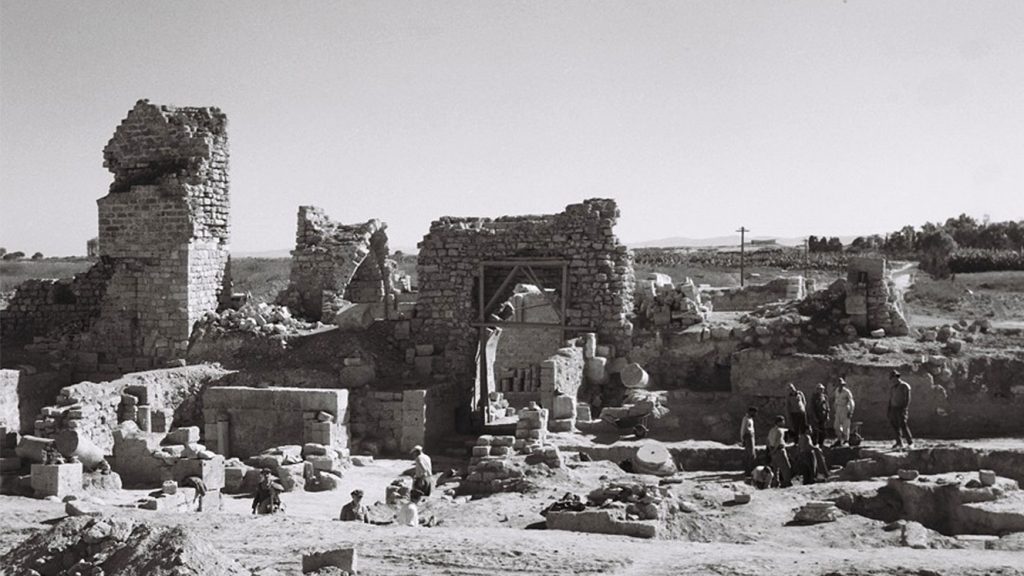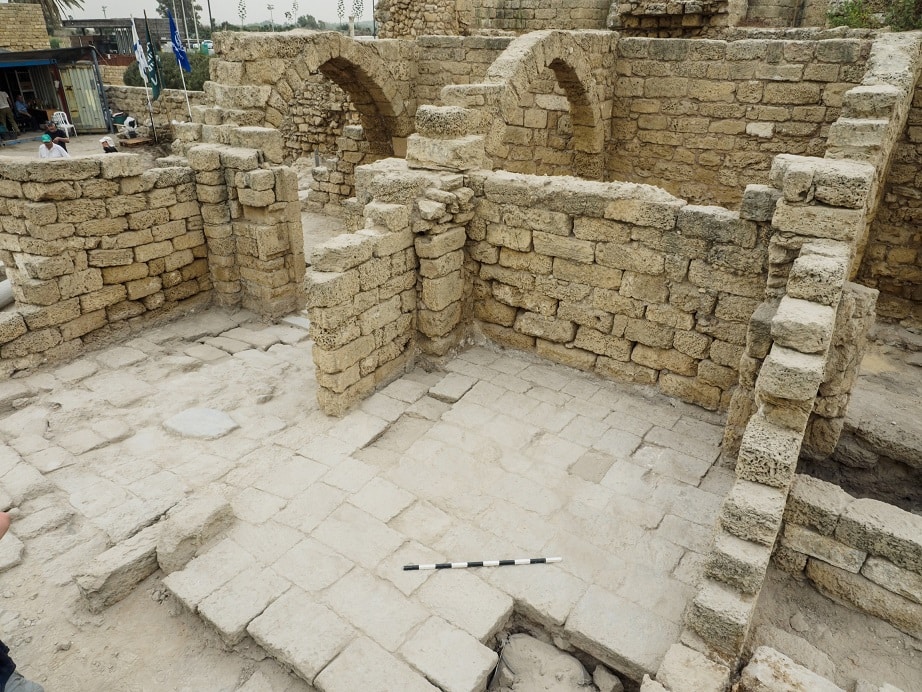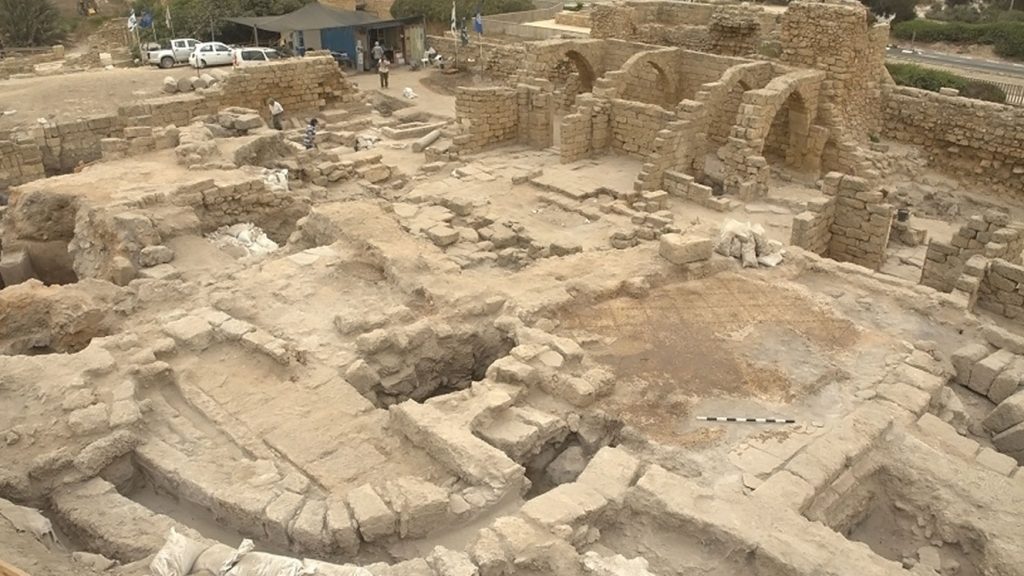The Edmond de Rothschild Foundation invested over 150M NIS between 2015 and 2019, for an unprecedented and complex renovation project. The project revealed a large portion of Caesarea’s concealed treasures as well as layers of ancient history. There is no other site in Israel where funds, resources, and effort have been invested at such magnitudes for the purpose of excavation, preservation, reconstruction, and development.
This exciting project took place as a collaboration between the Caesarea Development Corporation, the Israel Parks and Nature Authority, and the Antiquities Authority. It was led by archaeological excavation and preservation personnel who managed numerous challenges during planning and execution, while constantly making sure to preserve the values of the site.
The project included excavation, reconstruction, and development of part of an array of port vaults and the stairs of the temple. The work was performed with scrupulous preservation of archeological and historical values as well as the natural assets of Caesarea, making these both accessible and enthralling for visitors from within Israel and around the world.
The Port Vaults and Temple Stage were the center and pulsing heart of Caesarea during the Roman and Byzantine periods. Classical historical fragments at the site are among the most important of those located at sites along the beaches of the Mediterranean.
One of the most significant goals of the Ancient Caesarea Development Project has been exposing, preserving, and displaying the vaults that stand on the pier of Herod’s port, in front of the monumental wall of the podium of the temple stage.
During the large archaeological digs of the 1990s, there was already concern among preservationists within and outside the Crusader city, due to the significantly eroded condition of the vaults and their remnants. The collapsed sections testified to the long process of deterioration which had been taking place since ancient times. Only a single vault has remained intact- Vault #1, which was itself on the verge of collapse. Through archaeological and intensive architectural work of large scope and investment, preservation workers were able to stabilize the pieces of the inner portion which had been displaced, as well as support it from the northern side. This left the vault in a temporary but stable condition until the renewal project could take place. The Caesarea Development Corporation decided to save the vault and preserve it so that the community could visit it safely, marvel at its sheer size and witness the power of the principles of Herodian construction.
The renovation project revealed a dramatic, thrilling story regarding the entire vault system, which had
actually collapsed in the past and had been restored during the Byzantine period! The Byzantine restorers
worked hard to preserve the vaults with no major changes. The vaults were fortified with artwork and
supporting arches long before the Crusaders added support to stabilize the City Cathedral.
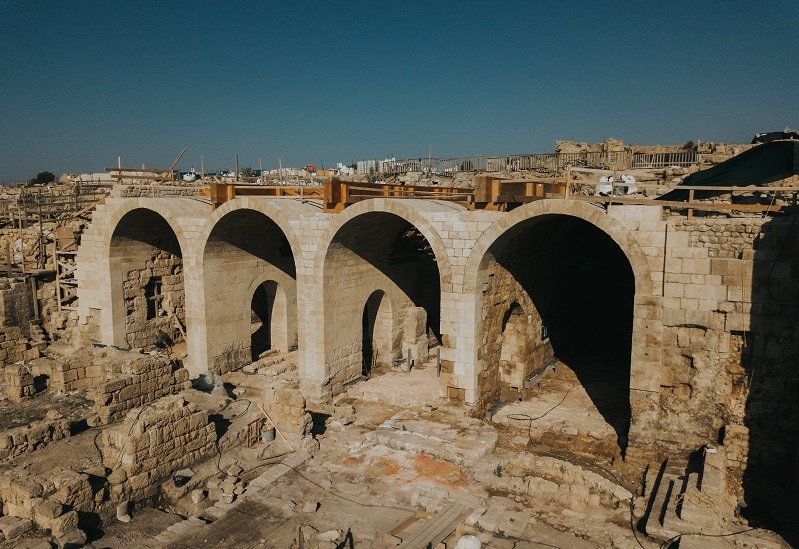
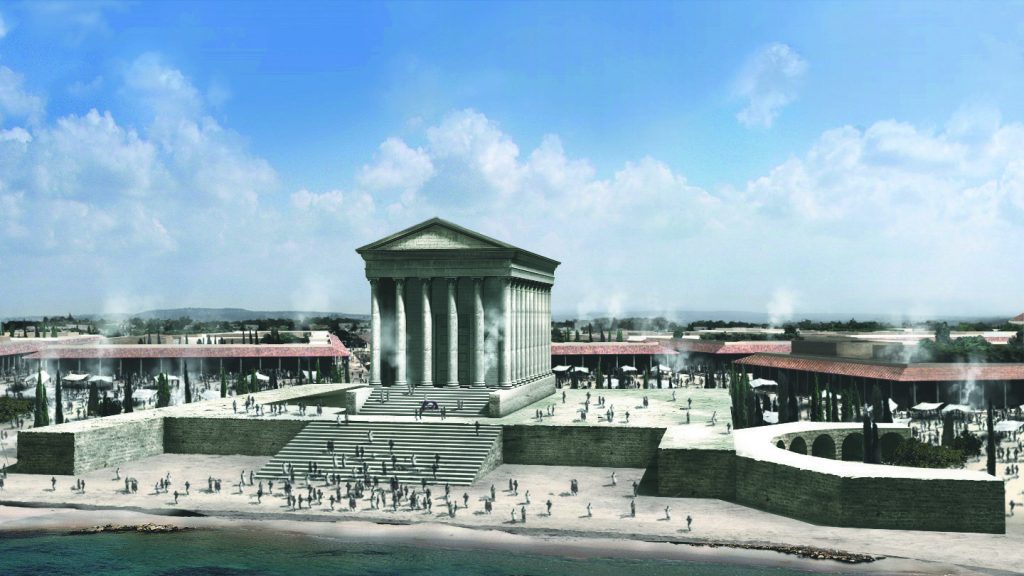
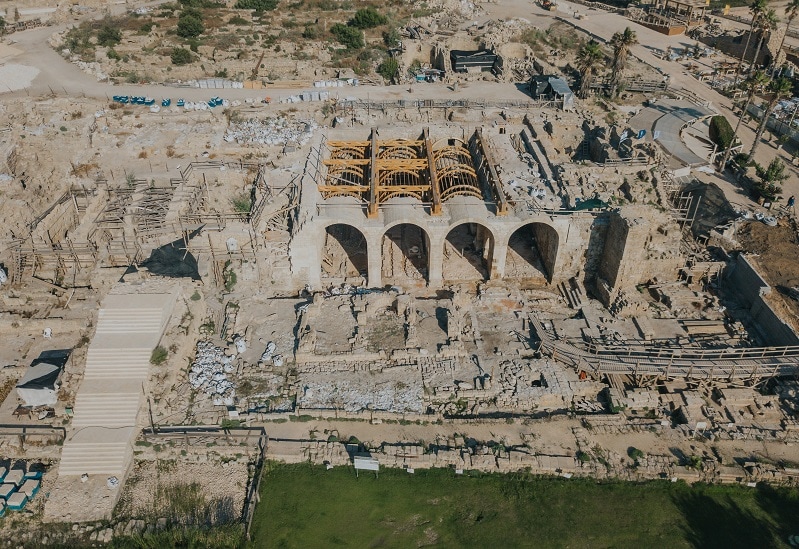
Ancient Synagogue of Caesarea – the Ancient Synagogue of Caesarea was first discovered in the 1940s. Archaeological excavations revealed that the synagogue was present from the Byzantine period, about 1500 years ago. Several artifacts were discovered, including crowns with menorah symbols, mosaics and inscriptions which included a dedication to donors as well as fragments of inscriptions of the twenty-four priestly divisions.
Synagogues had been established in Caesarea since the time of Herod. In his book “The Jewish War”, Josephus tells of the desecration of a synagogue in Caesarea, which led to the outbreak of the Great Rebellion in the years 66-70 C.E. The Talmud even mentions the “kenisata demarduta” (the Synagogue of the Rebellion). It is also known that after the suppression of the Bar Kochba Revolt (132-136 C.E.), the Romans brought Rabbi Akiva to judgment in Caesarea, and he was executed as one of ten Jewish
martyrs.
Development work has taken place at the site of the ancient synagogue including preserving artifacts, restoring the synagogue mosaics, and making the site accessible to the public, as well as presenting content that illustrates the Jewish heritage of ancient Caesarea.
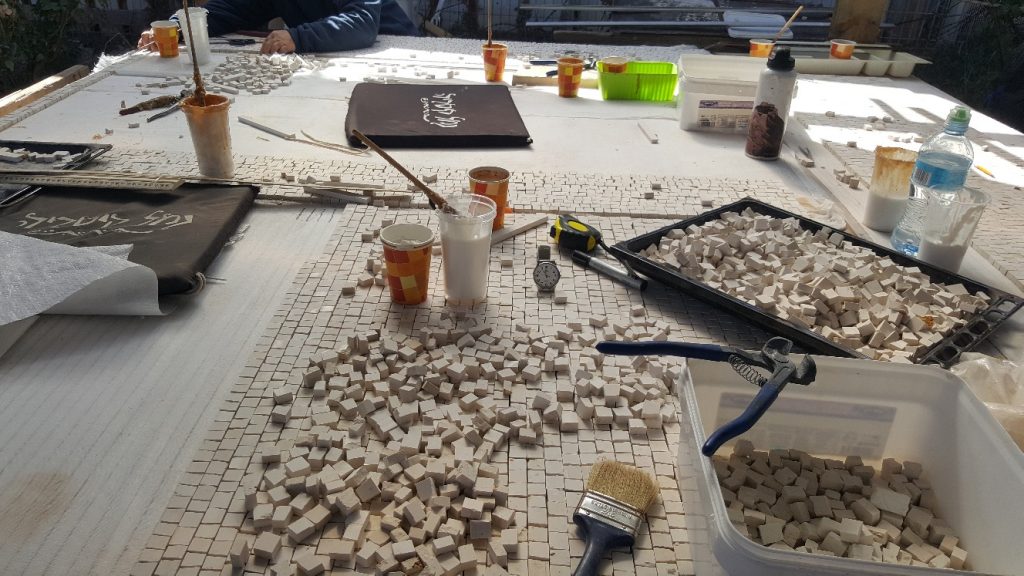
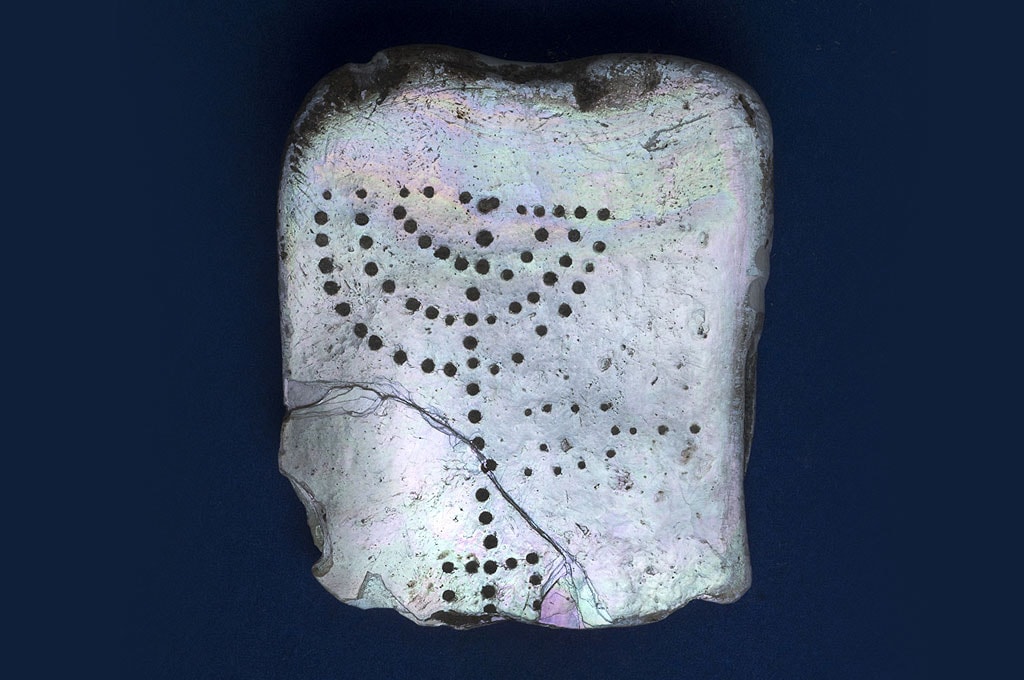
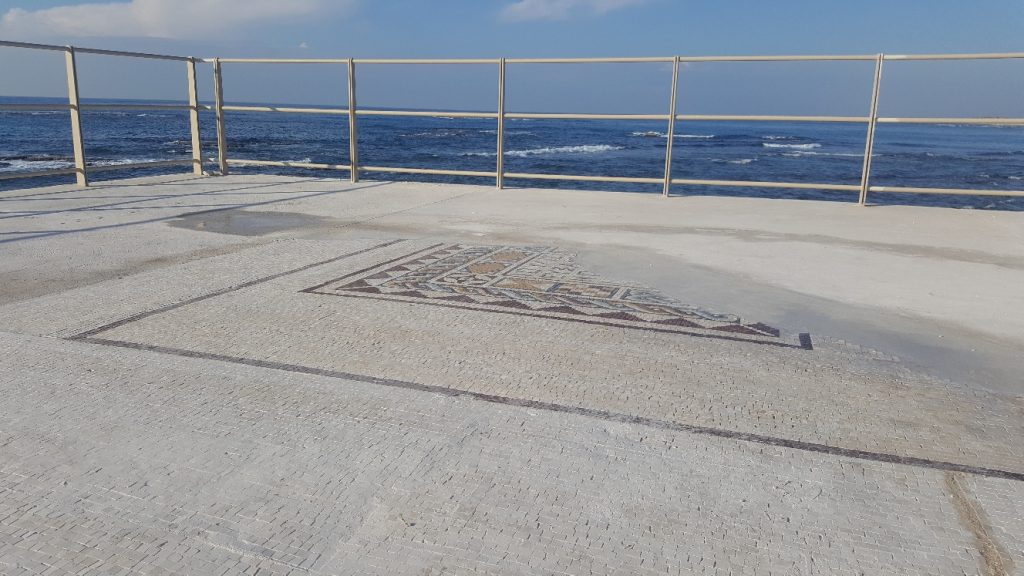
The Roman Nymphaeum (an embellished fountain in the city center)- In 2014, in collaboration with the Conservation Department of the Israel Antiquities Authority, a magnificent fountain from the Roman period was excavated and reconstructed. This impressive relic was revealed in the north-west corner of the temple stage. The walls of the nymphaeum and the pool were plastered and covered with painted art, and marble statues were erected in each of its three niches.
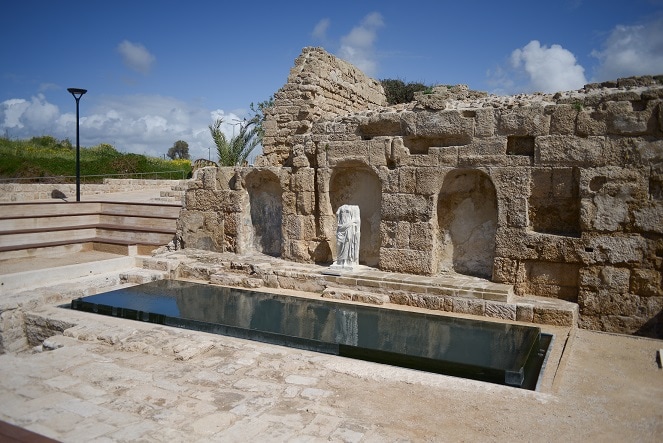
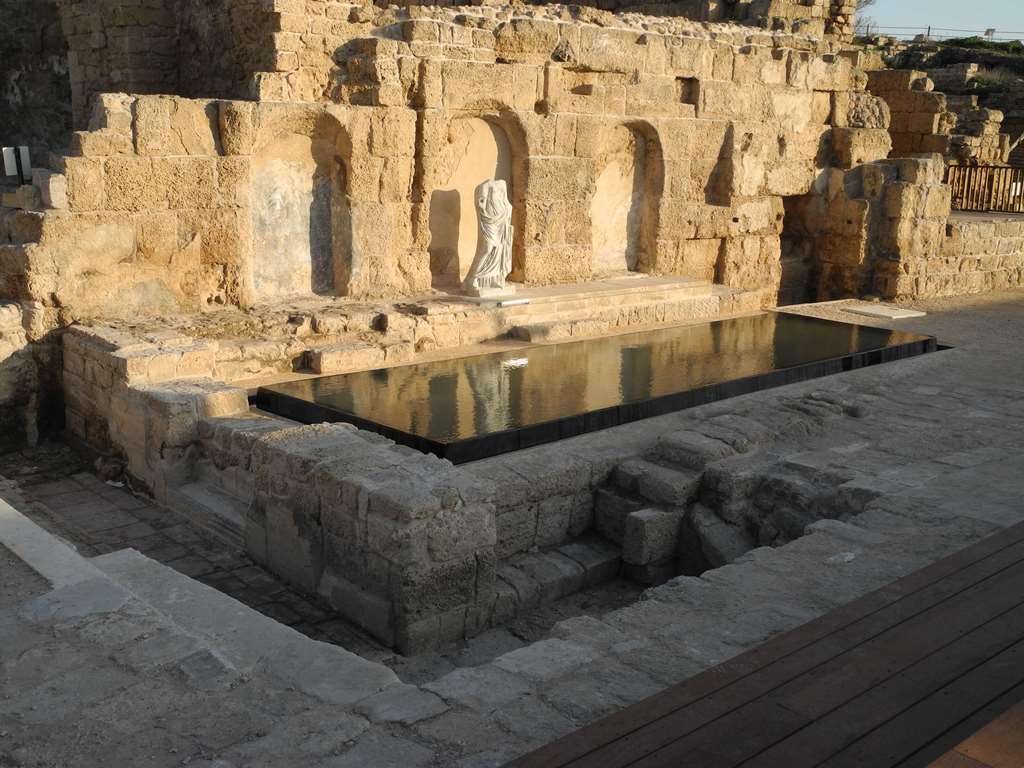

The “Crusader Market”– During development and accessibility improvement along the “Crusader Wall Path,” impressive relics were discovered of the Crusader market, which was vibrant and active during the Crusader period, about 700 years ago. Shops operated on the ground floor of the building while the second floor served as residences. Some rooms had colorful mosaic flooring, while others had marble-slab flooring.
